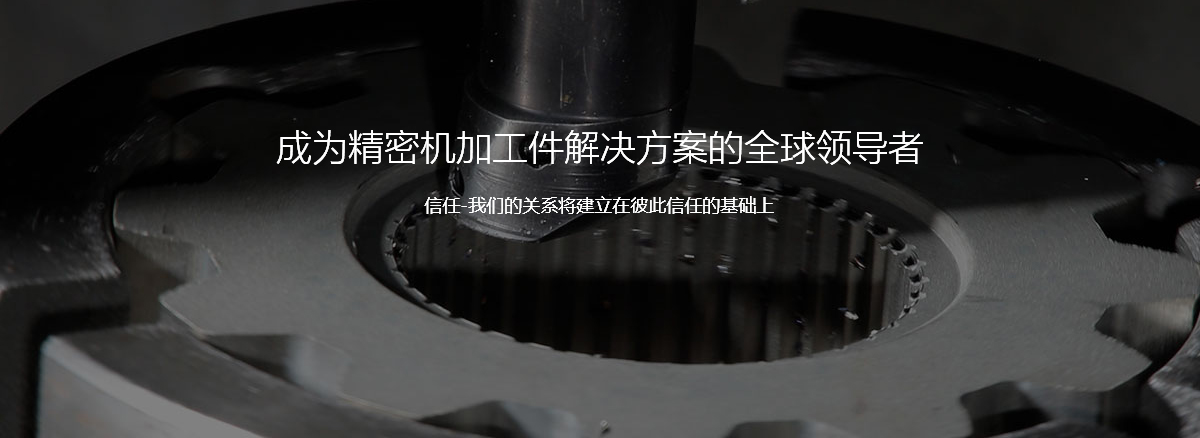The first step in processing sheet metal die-casting filing cabinets is to design them. Consider factors such as the size, internal structure, and storage capacity of the filing cabinet to meet the needs of different users. For example, for large corporate offices, it may be necessary to design large capacity, multi drawer filing cabinets; For small offices, it may be necessary to design compact and flexible filing cabinets.
In terms of material selection, high-quality steel is the main material. This type of steel has undergone strict quality testing and has good strength and corrosion resistance. In order to improve the appearance quality and durability of the filing cabinet, surface treatment such as spraying and baking paint will also be carried out.
Sheet metal processing technology plays a crucial role in the production process. By cutting, bending, stamping and other processes, steel is processed into various components of filing cabinets, such as cabinets, doors, drawers, etc. Die casting technology is used to produce complex components such as handles, locks, etc. The accuracy and quality of these components directly affect the overall performance of the filing cabinet.
In the assembly process, each component is precisely assembled. Ensure smooth opening and closing of cabinet doors, flexible sliding of drawers, and safe and reliable use of locks. During the assembly process, strict quality inspections will also be conducted to check the dimensional accuracy, structural stability, surface quality, and other indicators of the filing cabinet.
Finally, package and transport the filing cabinet. Use appropriate packaging materials to ensure that the filing cabinet is not damaged during transportation. After arriving at the customer's site, installation services will also be provided to ensure that the filing cabinet can be correctly installed and put into use.


